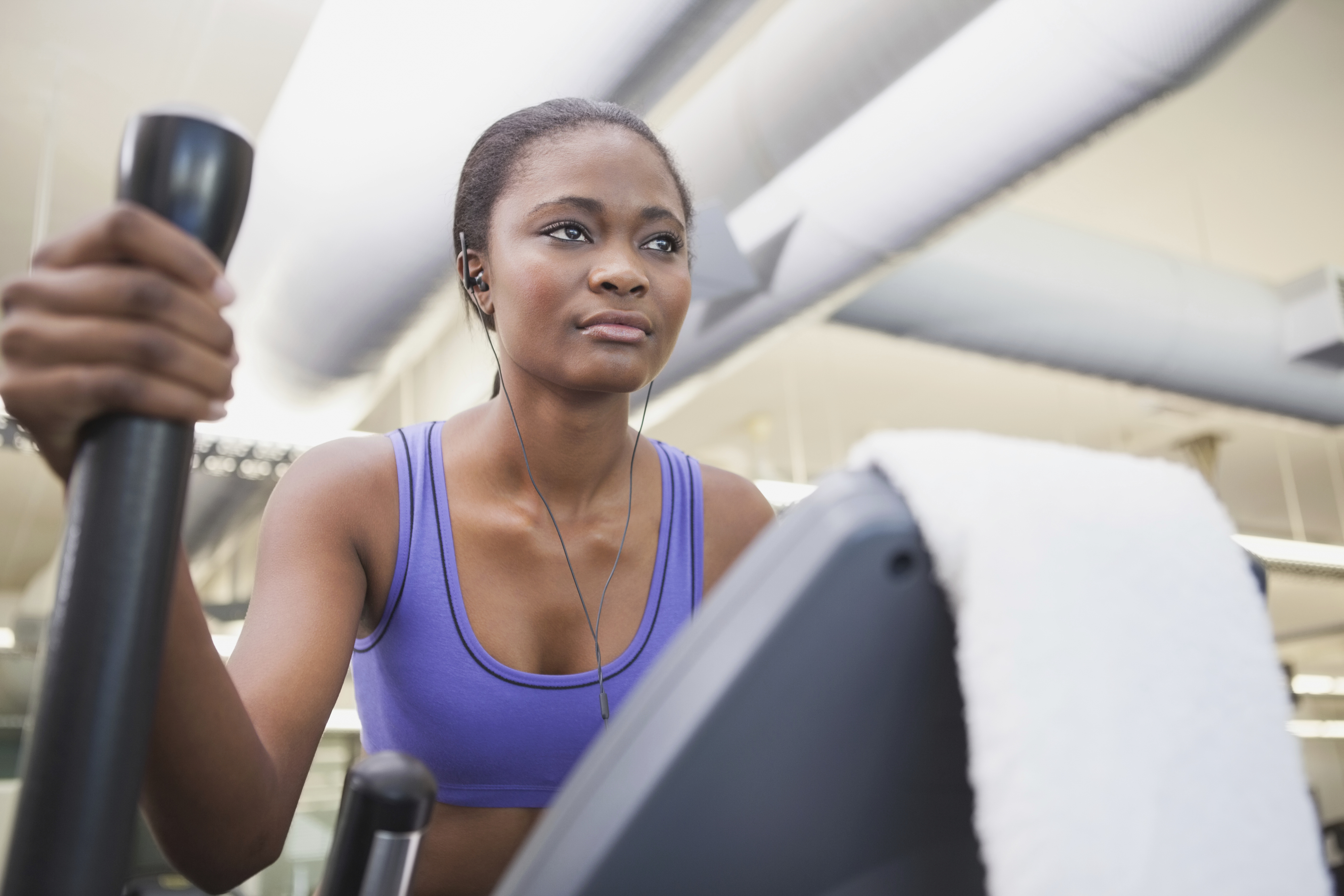Utilizing the elliptical to maximize training benefits

Dealing with an injury? Not running can be a major drag, especially when running buddies are excitedly training for goal races throughout winter. We chatted with Brant Stachel, owner of Milestone Fitness, an online and local coaching service based in Kingston, Ont., about how to maximize training potential (while remaining uninjured) through the incorporation of elliptical sessions. Stachel, who is the assistant coach of the Queen’s University cross-country and track programs, was also recently named the assistant coach for the FISU World Cross-Country Championships, taking place in Italy in March.
Why the elliptical over other cross-training options?
 Most runners know that cross-training needs to play a role in pre-race ramp up to reduce the risk of getting injured. Swimming, pool running and cycling are all good cross-training options, as they elevate heart rate to a similar level as running and can be done for the same amount of time that one would spend running.
Most runners know that cross-training needs to play a role in pre-race ramp up to reduce the risk of getting injured. Swimming, pool running and cycling are all good cross-training options, as they elevate heart rate to a similar level as running and can be done for the same amount of time that one would spend running.
If you have a goal race in mind and are bent on performing to your maximum potential, Stachel recommends making the elliptical your primary cross-training tool.
RELATED: Cross train to supplement your running
RELATED: What I tried this week: Cross training to recover
“The elliptical is the cross-training modality that is the most similar to running, i.e. it has similar targeted muscles and motions,” Stachel explains. “For this reason, it has the most physiological carry-over.”
The physiological similarities between running and elliptical training are not the only factors that make it a good one to include in a weekly plan.
“Runners who make cross training a part of their normal routine are much better prepared physically (and mentally!) if an injury occurs, to transfer their full training load onto the elliptical,” Statchel says.
Although most of us dread the thought of having to transfer almost all training onto the elliptical in the event of injury, for most, it’s a more appealing thought than giving up on a dream race. Stachel is confident in his statement that transfer of load onto the elliptical does not necessitate loss of fitness, but rather that fitness gains can be made.
When should you use the elliptical?
Stachel uses two approaches to the elliptical, depending on the fitness level, experience and goals of the athlete he is working with.
If you’re a relatively new runner, or have bouts of shin splints or impact-related injuries, adding one elliptical session a week is a surefire way to increase volume and aerobic capacity without subjecting your legs to additional pounding. This is highly recommended for those transitioning to running, say, their first half-marathon.
This approach is for the more experienced runner looking to make fitness gains or increase to marathon distance while mitigating the prospect of injury. In this approach, rather than adding kilometres to your plan, you add training time. For example, a day when previously you had planned a 60 minute run now becomes a morning 30 minute elliptical session followed by an evening 55 minute run.
For runners who don’t traditionally do “workouts” because they have a history of impact-related injury, the elliptical session can be a safe place to incorporate that interval or tempo work, without the same risk of injury.
What level should you put the resistance at?
 The elliptical is a place where you can afford to push a little harder than you normally would on an easy day, says Stachel, due to the lack of impact. Your pace should feel akin to marathon pace.
The elliptical is a place where you can afford to push a little harder than you normally would on an easy day, says Stachel, due to the lack of impact. Your pace should feel akin to marathon pace.
The data that you should be focused on when on the elliptical is not your pace, per say, as you might on a run, but rather your reps per minute (RPMs). You should aim to maintain 85-90 (or 170-180, depending on how your machine is configured to monitor repetitions) RPMs. For interval sessions then, the goal is to increase the resistance on the machine, without allowing your turnover to slow down.
Recommended workouts:
Workout #1:
15 mins easy warm-up
16-18 x 1 minute at high intensity (whatever resistance you can handle while maintaining 85-95 RPMs) with 45 seconds of easy recoveries
10 minutes of easy cool-down.
Workout #2:
15 minutes of easy warm-up
8-10 x 2 minute at high intensity with 45 secs easy recoveries
10 minute warm-down.
Workout #3:
20 minute easy warm-up
20 minute moderate intensity (slightly higher resistance, maintaining 85-90 RPMs)
10 minutes of high intensity
10 minutes of easy cool-down.




